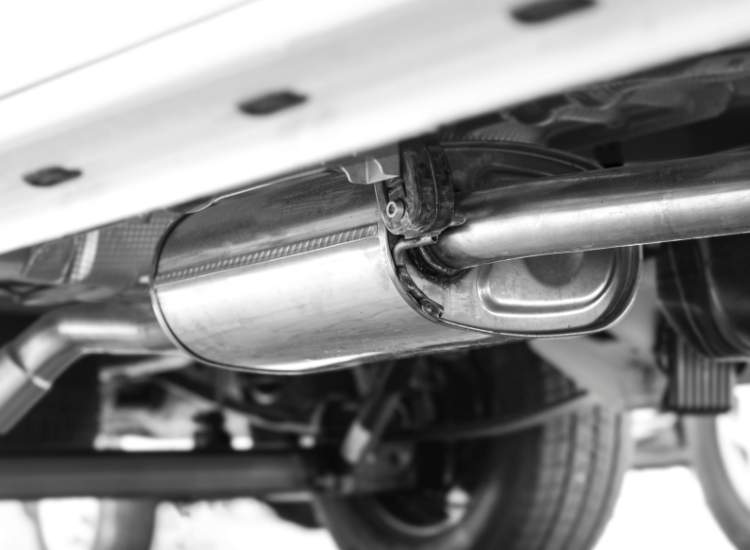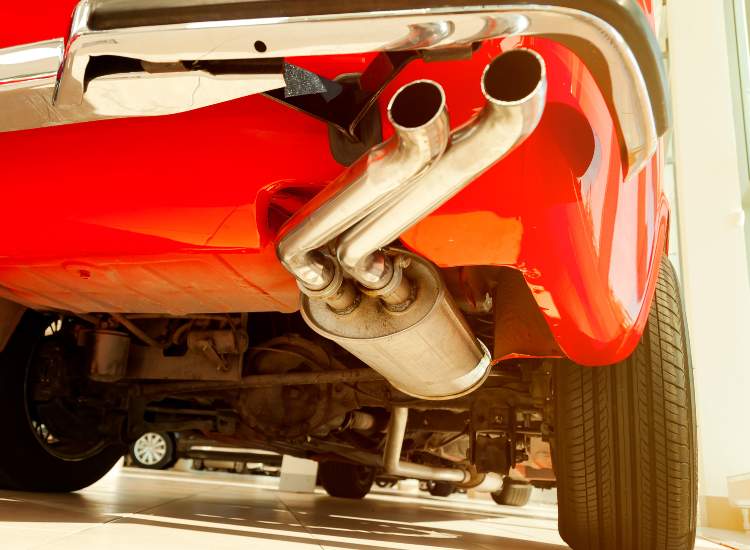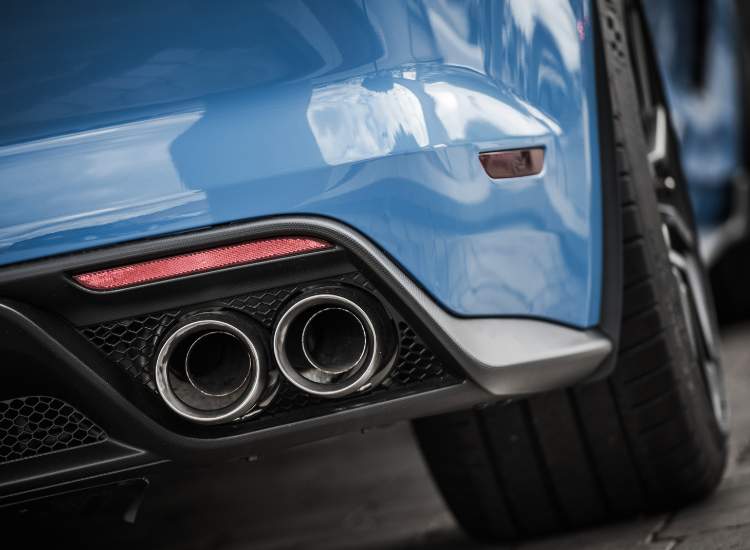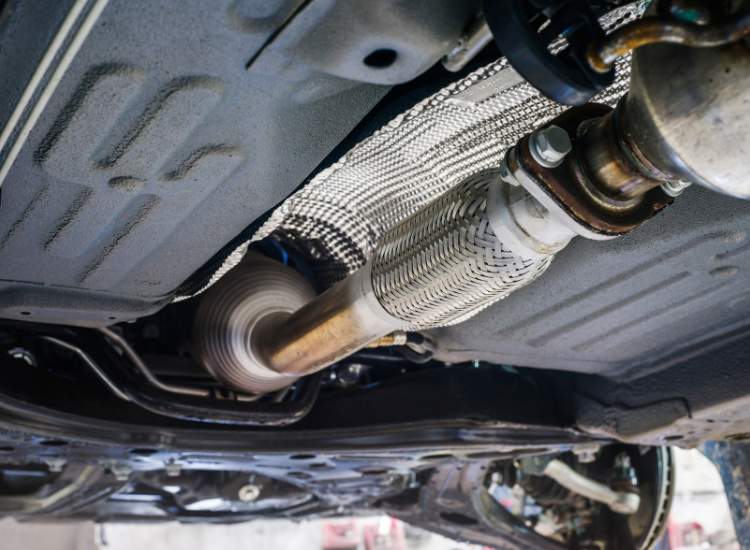Can You Powder Coat an Exhaust?
When looking to customize your vehicle’s exhaust system, you might wonder if powder coating is a viable option. This method offers a durable and attractive finish, making it appealing to many car enthusiasts.

Powder coating an exhaust can be done, but there are some factors to consider before moving forward. In the next paragraphs, we’ll explore the process, potential challenges, and alternate solutions to help you make an informed decision.
What is an Exhaust System Made of?
Your vehicle’s exhaust system is crucial for controlling emissions and maintaining overall performance. It is typically made of various metal components, such as steel, stainless steel, or aluminum.
These metals are chosen due to their ability to withstand high temperatures and corrosion-resistant properties. Different vehicle models utilise various combinations of materials for their exhaust system depending on factors like performance, cost, and weight.

In addition to metal materials, exhaust systems may also incorporate other elements like catalytic converters to reduce harmful emissions, and mufflers to minimize noise. Keep in mind that each component plays a role in achieving optimum performance and longevity.
To further enhance the lifespan and appearance of your exhaust system, you can consider techniques such as powder coating. This process can add a layer of protection against common problems like rust and corrosion.
Can You Powder Coat an Exhaust?
Yes, you can powder coat an exhaust. Powder coating is a durable and attractive finish that can be applied to various metal surfaces, including exhaust systems.
- To begin, you need to prepare the exhaust by cleaning and removing any dirt, grease, or rust. This process ensures proper adhesion of the powder coat.
- Next, you’ll need to choose a high-temperature powder coating. Regular powder coatings might not withstand the extreme heat generated by an exhaust system.
- During the application process, the powder particles are electrostatically charged and sprayed onto the exhaust surface. Then, the coated exhaust is placed in an oven, where the powder melts and forms a hard, protective layer.
Remember, there are alternatives to powder coating, such as ceramic coatings and high-temperature paints. These options also offer heat resistance and a pleasing appearance, so weigh your options before making a decision.
How Much Does it Cost to Powder Coat an Exhaust?
Powder coating an exhaust can vary in cost, depending on factors like the size of the exhaust and the shop you choose. Generally, the price ranges from $200 to $700 for a single motorcycle or car exhaust.
Keep in mind, labor rates may differ depending on your location. Some shops charge an hourly rate, while others may offer a flat fee for the service. It’s a good idea to get quotes from multiple shops to find the best deal.

Included in the cost are the materials and equipment needed for the process. The powder coat itself can vary in price, as it’s available in various colors, textures, and finishes. Quality and durability also factor into the cost of the powder.
Remember, maintaining your exhaust’s appearance and performance is vital. While the initial investment may seem steep, powder coating provides a durable, attractive finish that can increase the lifespan of your exhaust. So, consider it a worthwhile investment for your vehicle.
How to Powder Coat an Exhaust
To start, you’ll need to disassemble and clean your exhaust. Remove any existing paint, grease, and dirt using a degreaser and a wire brush or sandpaper. This step helps ensure a smooth, even finish.
Now it’s time to choose your powder coating material. Pick a high-quality, heat-resistant powder that can withstand the high temperatures your exhaust will produce. Apply the powder using an electrostatic spray gun, which will create a uniform distribution of particles.

Once the exhaust is coated, it’s time to cure the powder. Place the coated exhaust in an oven, following the manufacturer’s recommended curing temperature and time. This will create a strong bond between the powder and the metal surface.
After the curing process is complete, let the exhaust cool down before handling. Reassemble your exhaust system, and you’re ready to enjoy an upgraded, durable finish on your exhaust.
Can Powder Coat Withstand Exhaust Heat?
Powder coating is a popular method for providing a durable, attractive finish to various metal surfaces. However, you may wonder if it’s suitable for exhaust systems. In general, powder coat can handle high temperatures, but exhaust systems can be an exception.
While standard powder coating can withstand temperatures up to 250 °C (482 °F), most exhaust systems run at much higher temperatures. Header and turbo components, for instance, can reach up to 815 °C (1500 °F), which is too hot for a regular powder coat.
Consequently, standard powder coating isn’t ideal for exhaust components exposed to extreme heat. Luckily, there are high-heat powder coatings available specifically designed for items like exhausts.
These special coatings can tolerate temperatures up to 1093 °C (2000 °F) without discoloring or losing durability. Before deciding to powder coat your exhaust, make sure to confirm with the powder coating provider that they offer high-heat protective coatings.
